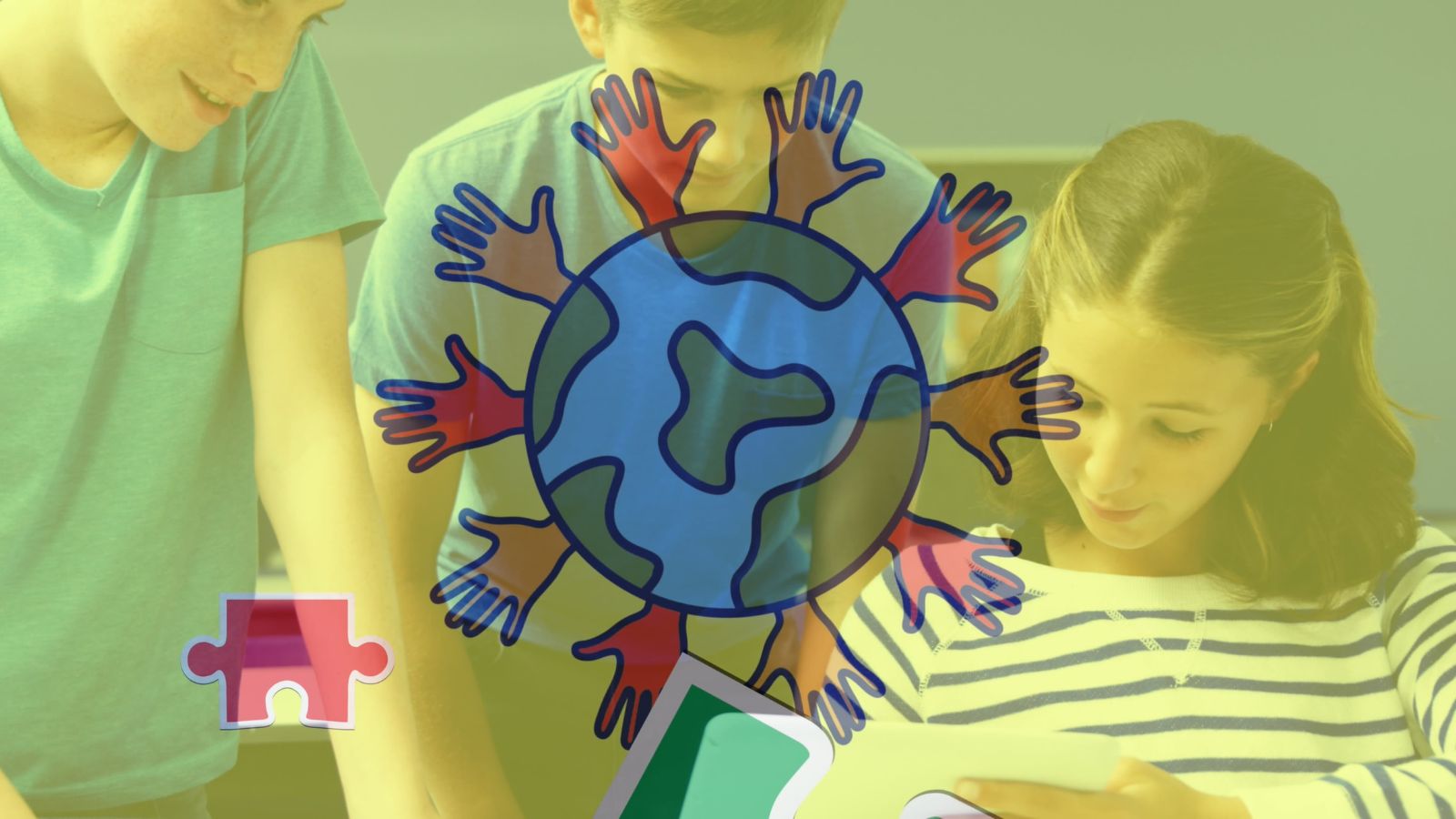Our education system is changing fast, but not always for the better. There are some worrying trends that parents, teachers and students should keep an eye on. We take a look at 18 disturbing trends in education you need to know about:
Testing Overload

The emphasis on standardized testing has become overwhelming, with students and teachers facing immense pressure to perform well. This focus on testing can stifle creativity and critical thinking, leading to a narrow curriculum that prioritizes test preparation over meaningful learning experiences.
Teacher Shortages

Many schools across the United States and other countries are experiencing severe teacher shortages. Due to factors including poor compensation, high levels of stress and a lack of support, educators are quitting the field, which makes it difficult for schools to retain high standards of instruction and attract competent teachers.
Rising Student Debt

The cost of higher education continues to climb, leading to unprecedented levels of student debt. Graduates are entering the workforce burdened by loans, which can have long-term financial consequences and hinder their ability to achieve financial stability.
Decreasing Access to Arts Education

As schools face budget cuts, arts programs are often the first to go. This pattern restricts kids’ access to creative expression, the growth of their artistic abilities, and a well-rounded education that incorporates the arts.
Overcrowded Classrooms

Overcrowded classrooms are becoming more common, particularly in underfunded public schools. High student-to-teacher ratios make it challenging for teachers to give each student personalized support and assistance, which lowers the standard of instruction.
Digital Divide

The digital divide refers to the gap between students who have access to technology and the internet and those who do not. As education increasingly relies on digital tools, students without access to these resources are at a significant disadvantage, exacerbating educational inequities.
Mental Health Crisis

The mental health crisis among students is a growing concern. Increased academic pressure, social media influence and other stressors are contributing to higher rates of anxiety, depression and other mental health issues among students of all ages.
Decline in Critical Thinking Skills

With the emphasis on rote memorization and standardized testing, there is a noticeable decline in students’ critical thinking and problem-solving skills. Education systems are failing to equip students with the ability to analyze, evaluate and think independently.
Privatization of Education

The trend toward privatization, including the rise of charter schools and for-profit educational institutions, is reshaping the education landscape. Critics argue that this shift undermines public education, creates inequality and prioritizes profit over students’ best interests.
Cultural Insensitivity and Bias

Cultural insensitivity and bias in the curriculum and teaching practices are persistent issues. Students from diverse backgrounds often feel marginalized and there is a need for more inclusive education that reflects and respects the diversity of students.
Lack of Funding for Special Education

Special education programs are often underfunded, leaving students with disabilities without the resources and support they need to succeed. This lack of funding can result in inadequate services, larger caseloads for special education teachers and unmet educational needs for students.
Decline in Physical Education

Physical education is being de-emphasized in many schools, contributing to a sedentary lifestyle among students. With less time for physical activity, students are at greater risk for obesity, mental health issues and other health problems.
Overreliance on Technology

While technology can enhance learning, there is growing concern about the overreliance on digital tools in the classroom. Excessive screen time, reduced face-to-face interaction and the potential for distractions are some of the downsides of this trend.
Bullying and Cyberbullying

Bullying, including cyberbullying, remains a significant problem in schools. Despite efforts to address the issue, many students continue to experience harassment, which can have severe emotional and academic consequences.
Erosion of Public School Funding

Public schools are facing significant funding challenges, leading to cuts in programs, staff, and resources. The erosion of public school funding has widened the gap between wealthy and low-income districts, exacerbating educational inequities.
Inadequate Teacher Training

Many teachers feel unprepared to meet the diverse needs of their students. Inadequate teacher training, particularly in areas such as special education, technology integration and cultural competency, hinders educators’ ability to effectively support all students.
High Teacher Turnover

High teacher turnover rates are a troubling trend, with many educators leaving the profession due to burnout, lack of support and inadequate compensation. This turnover disrupts student learning and creates instability within schools.
Political Interference in Education

Political interference in education, including attempts to influence curriculum content and educational policies, is a growing concern. This trend can undermine academic freedom, skew educational priorities and introduce bias into the classroom.
5 Canadian Provinces Predicted to Thrive in the Next Economic Boom
 To thrive in an economic boom, a region needs good infrastructure, talented people, government policies that support growth and uplift the economy, and a culture of entrepreneurship. Often, the demography can also be a significant indicator of a region’s economy in the next few years. Although reports may vary on which regions will perform the best economically, certain regions come up on every list. Here are 5 Canadian provinces predicted to thrive in the next economic boom:
To thrive in an economic boom, a region needs good infrastructure, talented people, government policies that support growth and uplift the economy, and a culture of entrepreneurship. Often, the demography can also be a significant indicator of a region’s economy in the next few years. Although reports may vary on which regions will perform the best economically, certain regions come up on every list. Here are 5 Canadian provinces predicted to thrive in the next economic boom:
5 Canadian Provinces Predicted to Thrive in the Next Economic Boom
